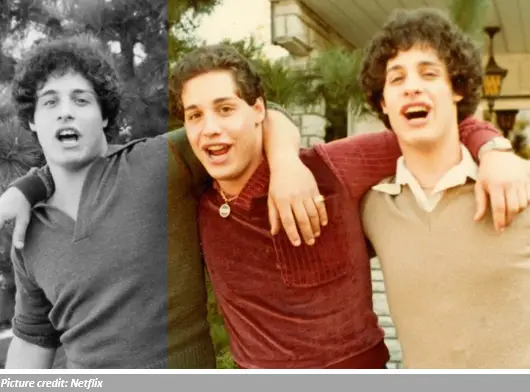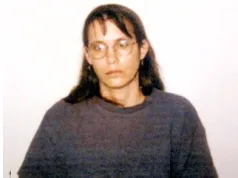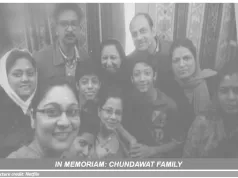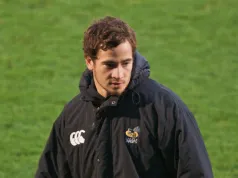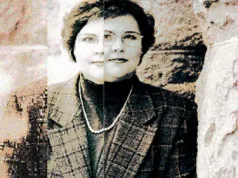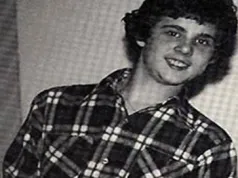The case of Edward Galland, David Kellman, and Robert Shafran is scarcely believable. But the events really did happen, and called into question the ethics behind some scientific studies.
Can you imagine walking down the street one day, turning a corner, and suddenly seeing a carbon copy of yourself? For these three men, this premise became a reality, which eventually ended in tragedy.
Discovery of triplets
Edward “Eddy” Galland, David Kellman, and Robert Shafran were each individuals that had been adopted as children. Prior to 1980, they were unaware of each other’s existence.
In 1980, Robert Shafran, who was aged 18, attended the campus of New York Community College. Upon arrival, despite not knowing anyone, he was greeted by many people, who believed he was a student called Eddy.
It turns out that “Eddy” was the identical twin of Robert. A mutual friend arranged a visit between the duo. After realising they had both been adopted, they surmised that they were twins.
Within a few months, the case became public knowledge, resulting in David Kellman – another 18-year-old, realising that he too was related to the twins – making them triplets.
The three boys were all identical in appearance, and had all been adopted by three different families. The trio found some uncanny similarities – they all liked the same food, the same sort of women, smoked the same brand of cigarettes, and had partaken in wrestling as teenagers.
The story of the reunion of the triplets quickly became popular, resulting in all three brothers becoming famous. They appeared on talk and radio shows, and made several TV appearances.
The trio’s adoptive families all met and got along well. The brothers moved in together and eventually opened up a restaurant called Triplets, which they ran together.
The scientific study
As the three got older, confusion grew. Questions were asked of the adoption agency – Louise Wise, with the families querying why they had not been made aware of the other brothers.
Initially, the adoption agency said that they were separated due to the difficulty involved in placing triplets in one household. But following further investigation, they realised a darker side to the story.
It was discovered that the three boys had been unknowingly part of a scientific study. The study had been organised by psychiatrist Viola W. Bernard.
Bernard persuaded the adoption agency to send twins to different homes without telling either the child or the adoptive parents. The study was eventually taken over by Peter Neubauer.
It was discovered that each of the boys had been placed with families from different economic status. One went to a blue-collar family, one went to a middle-class family, and one went to an upper-class family.
The scientists had wanted to see how each boy would compare following their different childhoods. The study sought to add to the ever-debated Nature versus Nurture debate.
As part of the study, the three boys were visited periodically by psychiatrists in their childhood. It was only after they met that the study became public knowledge.
It resulted in other people discovering they had a twin. Several other stories emerged of twin discoveries. None quite had the impact though of the triplets.
Mental Health
But, as mentioned earlier, there was a sad development in the case. As the three got older, having knowledge that they were part of a scientific study became a lot to bear.
Throughout their life, the triplets had encountered mental health problems. It became apparent that all three had received psychiatric care during their teenage years. Moreover, they all showed signs of Separation Anxiety in their childhood years.
The brothers developed a minor rift, with various problems developing between them. This included in their personal lives – where their mental health struggles had an impact on their relationships.
However, for Eddy, he was hit the hardest. He started suffering manic episodes, which eventually resulted in him being diagnosed with Bipolar Disorder.
Tragically, Eddy took his own life in 1995. This was harrowing for the wider family, and he was desperately missed.
It also led to more anger being directed at the scientists behind the study, with David and Robert arguing they had played a key role in this.
Later years
The true motivation behind the study, as well as its results, are not known. There are several questions for anyone affected by the study.
The case had renewed interest thanks to a film released in 2018 named Three Identical Strangers. It resulted in the case receiving mainstream interest.
It included interviews with the family members of the triplets, as well as interviews with David and Robert. The interest resulted in pressure being placed for the duo to have access to information and results of the experiment, which was held by the Jewish Board of Family and Children’s Services – who had played a role in the study and inherited Neubauer’s work.
They did finally receive the data, but it was heavily redacted, and provided few answers. In many ways, it led to more pain for David and Robert.
Bernard died in 1998, while Neubauer passed away in 2008. The study’s records and results are under seal at Yale University Library until October 2065. By then, David and Robert may not be alive.
Sadly, it is known that others who were part of the study also died by taking their own life. The study clearly had a huge impact on the lives of its participants.
Unbelievably, some of those in the study are unaware that they were part of it – meaning they have a twin out there without knowing it.
Summary
The story of Eddy, David, and Robert started out incredibly well, but ended in tragedy. David and Robert at least continue to be close, but they will always have a missing piece of them.
There are serious questions over the ethics of this case. How lives could be played with like this is unbelievable. For many involved, it cost them any chance at life.
If you have been affected by any of the content in this article, you can see our crisis resources at this link.
Disclaimer
This website should be used purely for informational purposes, and does not intend to, nor should it ever, be used as a replacement for professional medical advice.
We strive to keep all of our pages updated, and ensure that our website is full of factual and in-depth information. However, we encourage you to browse this website with care.
As a reminder, this website and all content within it cannot and should not replace the advice of a trained medical professional. You can read our full disclaimer at this link.
Helplines
If you are struggling with your mental health, help is available. With the right support and treatment, you can make a recovery. For information on helplines, or if you are in a state of crisis, please visit our crisis page by clicking on the relevant link for your geographical location (United Kingdom), (United States), (International). You can also see how to get mental health treatment and the process involved by clicking this link.

